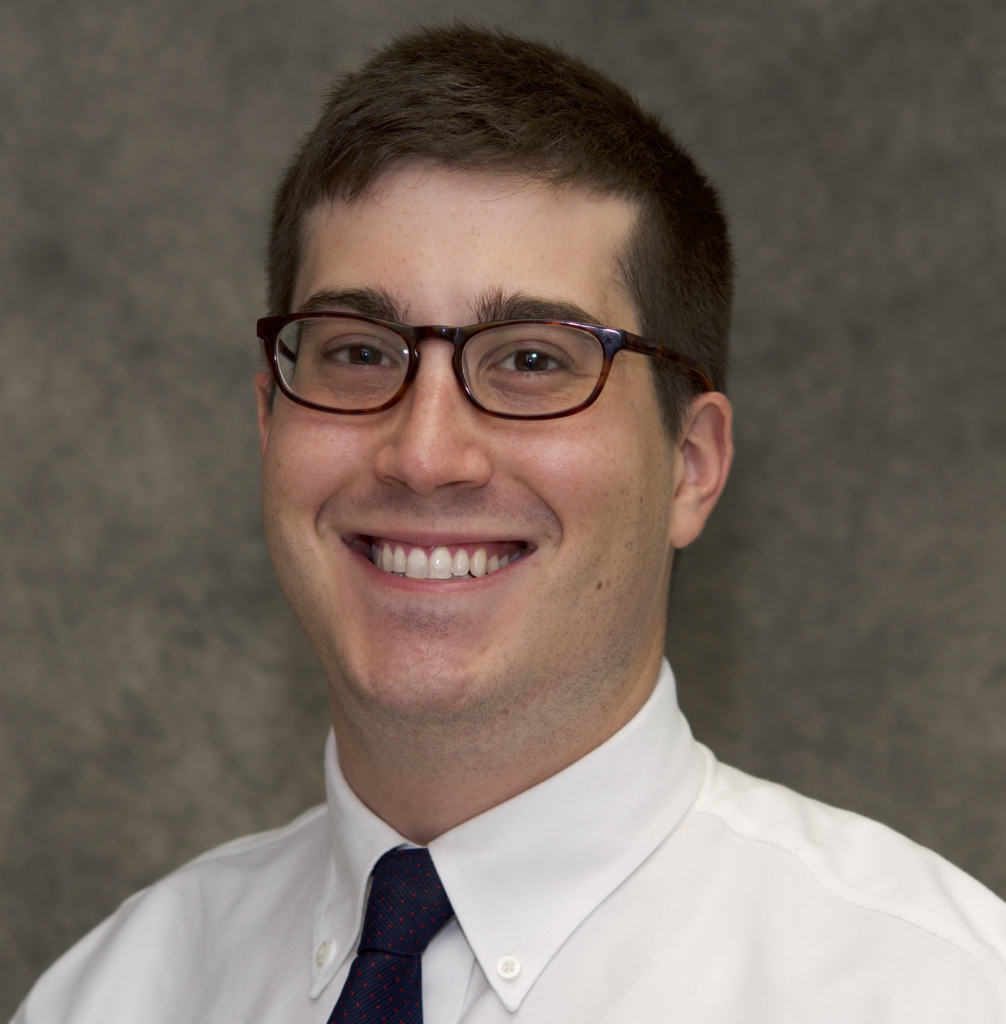 The best doctor-patient relationships, and the worst, often perform their finale at an autopsy. Samuel Shem, in his novel The House of God, called the autopsy the “red rose of medicine.” He meant to describe the value of the autopsy to medical science. While autopsies certainly contribute vital biological data, sometimes the pathologist must also dissect the variegated emotions inherent in grief and sickness. I think with better collaboration my clinical colleagues could even gain insight about health communication from the experiences pathologists have with patients and their families.
The best doctor-patient relationships, and the worst, often perform their finale at an autopsy. Samuel Shem, in his novel The House of God, called the autopsy the “red rose of medicine.” He meant to describe the value of the autopsy to medical science. While autopsies certainly contribute vital biological data, sometimes the pathologist must also dissect the variegated emotions inherent in grief and sickness. I think with better collaboration my clinical colleagues could even gain insight about health communication from the experiences pathologists have with patients and their families.
When I call a family to discuss a possible autopsy of their loved one, I ask for their recollection of the patient’s medical course. Hearing this narrative culmination—a story with an end—is a privileged experience. How one gets from life to death has an anatomic answer, one we examine organ by organ, but even to a pathologist memoir can be as compelling as physiology.
I next ask, “What questions can we try to answer for you?” The most common response will surprise no one: “Why did my loved one die?” But the questions become markedly diverse after that, though many could be summarized as wondering, “Why did my loved one suffer?”
“Why couldn’t the doctors control his pain?”
“Why couldn’t we figure out what was wrong with her?”
“Did his treatment make him worse off?”
Reflective clinicians ask themselves the same questions. Yet clinicians less frequently have a chance to plainly discuss these queries with patients and their families. The encounters are too fresh, the future too uncertain, the potential liability a specter. Perhaps most disappointingly, there often simply isn’t enough time.
The pathologist can, at times, even find herself amidst unconcealed antagonism. We are often asked to perform an autopsy because the family distrusts their other physicians, feeling misled or mistreated. I have been asked to hide my results from the treating doctors, though ethically I could not abide. Some families even suspect we may attempt to “cover up” the mistakes of our colleagues, and ultimately take their loved ones elsewhere for an autopsy.
In today’s hurried hospital environment, the usual relationship-building is now strained. After all, for every one hour a physician spends with a patient, two are spent on documentation. In the rough sea of hospital medicine, the autopsy represents a chance for still waters. Indeed, the autopsy may be the last of the medical encounters that are not time limited. Like all of medicine, there are regulatory guidelines dictating turnaround time, but productivity is a gentler concept for the autopsy. In the United States, the hospital autopsy is rarely reimbursed, reducing financial incentives. Instead, my teachers emphasize arriving at correct diagnoses, recognizing the finality of our conclusions. Our reports may take months to sign out, but the cognitive work of synthesizing a pathologist’s physical exam—one inside and out, macroscopic and microscopic—with volumes of medical records is not a facile process. The pathologist is a quiet ambassador for “slow medicine.”
I remember one grieving widower, insistent on an autopsy for his late wife. She’d suffered a fatal stroke, one carefully characterized by our inventory of advanced imaging techniques. Since the diagnosis had been well-worn by medicine’s machinery, I asked what questions were left for us to answer with the autopsy, a method crude by comparison. He struggled to find the words. Some families try to find answers in grief; he was working to find the right questions. He was clearly distrustful of his wife’s other doctors, and was probably trying to decide whether to trust me. By the end, what he most wanted to know was what his wife’s life would have been like had she lived. Could she have taken care of herself? Would she be continent? The pathologist interpreting a biopsy is routinely asked to prognosticate about a tumor’s course; this was the first time I’d been asked to predict a future that could not occur. Could I autopsy a counterfactual? Yet in this examination of alternate histories, the doctor can learn to write a better reality for patients and families.
The autopsy has historically been used as a quality control device, useful for calculating rates of diagnostic discordance. We could also use it to measure communication discordance. I envision a postmortem communication conference to buttress the usual morbidity and mortality conferences, where pathologists and clinicians can come together to reflect on how pathophysiology converges with—and often diverges from—patient values and understanding. Clinicians could safely ask about what signs may have been missed, or what sensitive questions had been left unanswered. Pathologists, for their part, could share their experience of reconciling multiple medical narratives, from clinicians, families, and the patient’s impartial anatomy. Together, perhaps, we can autopsy the challenging counterfactuals and contradictions of health communication.
*Details have been changed to protect patient and family identities.
Benjamin Mazer is a resident pathologist at Yale-New Haven Hospital and Yale School of Medicine. His views are his own and do not represent those of his employer or other organizations.Twitter @BenMazer
Competing interests: BM is a volunteer for the College of American Pathologists, holding the position of “digital strategy liaison.” This work is written from his personal perspective, and is not affiliated with the College.
